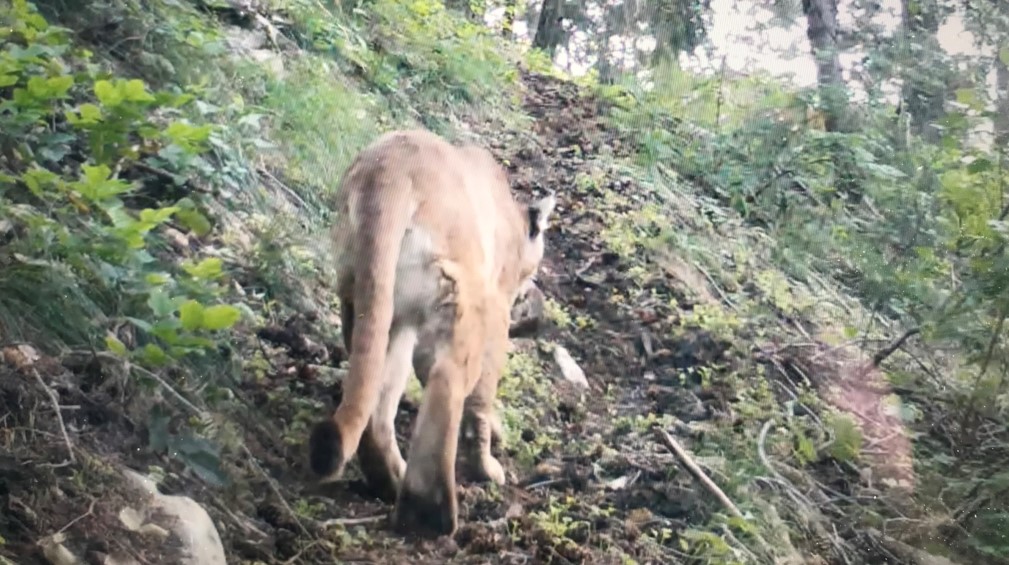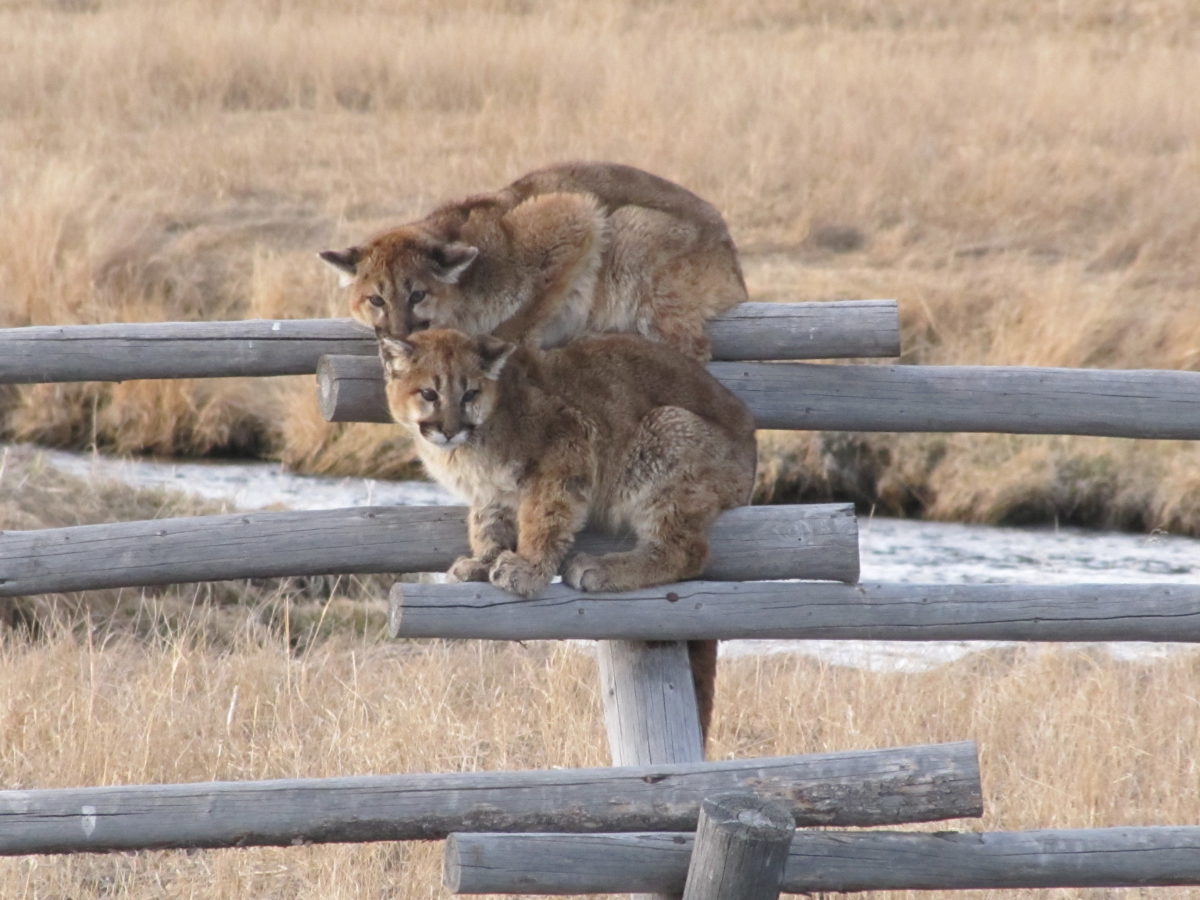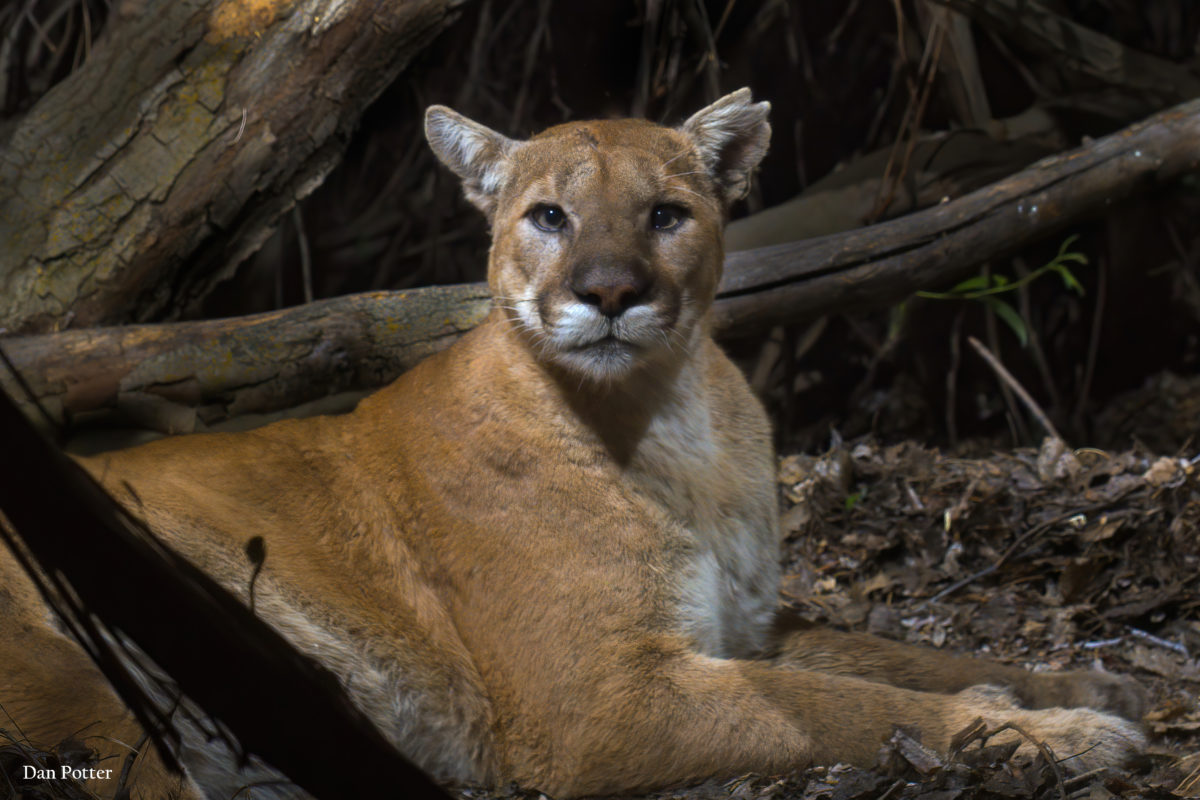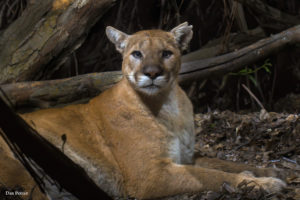For immediate release
Date: June 11, 2021
Contact:
Debra Chase, CEO, Mountain Lion Foundation
DChase@mountainlion.org
916-442-2666 ext. 103
Arizona Game and Fish Commission votes to ban the use of trail cameras for aiding the take of wildlife.
Thanks to thousands of public comments and the 5-0 vote of the Arizona Game and Fish Commission, the use of trail cameras for aiding the take of wildlife (i.e. hunting) is prohibited in Arizona effective January 1, 2022.
Payson, AZ – On Friday, June 11, 2021, the Arizona Game and Fish Commission voted 5-0 to ban the use of trail cameras for aiding the take of wildlife after at least three years of debate, representing a win for Arizona’s mountain lions and 800-plus native wildlife species.
In 2018, Arizona voted to ban live action trail cameras, opening up a larger public debate about whether other types of trail cameras should be allowed. In December 2020, the Commission proposed a full ban on all trail cameras used for aiding the take of wildlife. In response to public comments, the Commission proposed an amended rule that would only prohibit trail cameras from July 1 to January 31, except within ¼ mile of a developed water source. On Friday, however, the Commission decided to approve the original, year-round ban instead of the amended seasonal ban.
“What this issue comes down to for me is the issue of fair chase,” said Commissioner Clay Hernandez from Tucson. “It comes down to a question of passive surveillance or active surveillance. If we are out scouting, glassing, hiking or shed hunting, we are out in the habitat and we are providing scent, movement, patterns and sound, all of which the animals we are seeking or scouting can make use of with their resources and instincts. If we are not out there and it is just a camera, we are silent. It is that that I don’t believe constitutes fair chase.”
In recent years, trail cameras have become a nuisance in Arizona and other states as more hunters use these devices to aid their pursuit of wildlife. Many recreationists report concerns about their personal privacy, while ranchers report disturbances to their cattle operations when cameras are placed near water sources. Additionally, the natural movement of wildlife species that rely on scarce water sources is interrupted when trail cameras are placed in the field and frequently checked.
“In all states where mountain lion hunting is allowed, hunters use many technologies and practices that give them an unfair advantage, such as hounds, electronic calls and trail cameras,” said Logan Christian, Region II Conservation Advocate for Mountain Lion Foundation. “This decision to ban trail camera use for aiding the take of wildlife is an important step towards improving fair chase hunting practices.”
The ban will go into effect on January 1, 2022. Trail cameras used for general wildlife photography, research, cattle management or any reason other than hunting will remain legal.
Founded in 1986, the Mountain Lion Foundation is a national nonprofit organization with a mission to ensure that America’s lion survives and flourishes in the wild.





 For immediate release
For immediate release